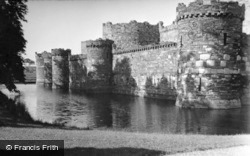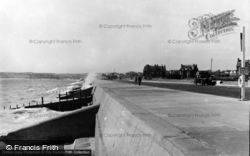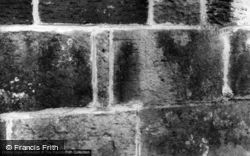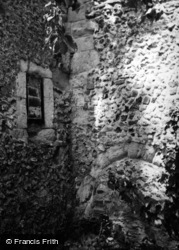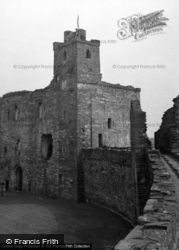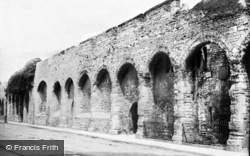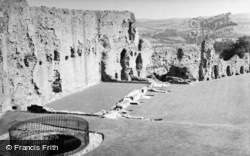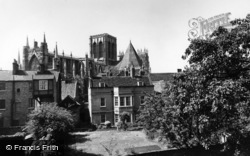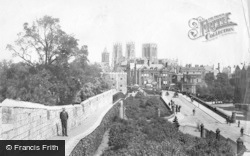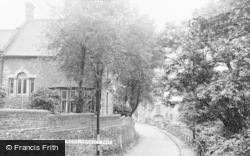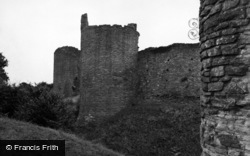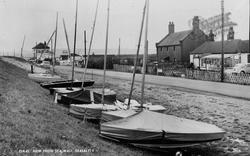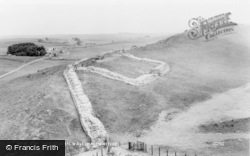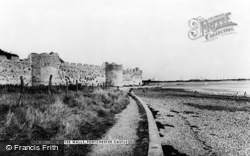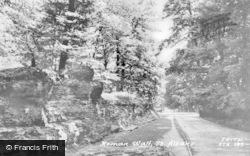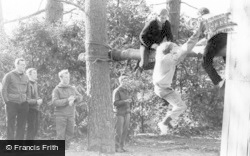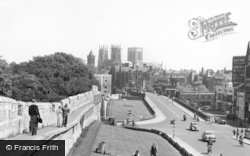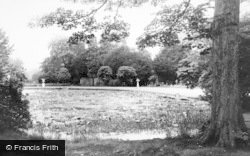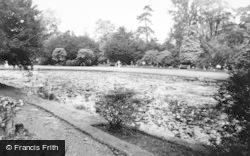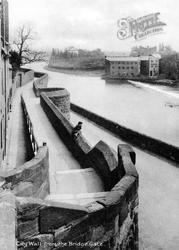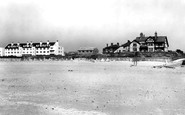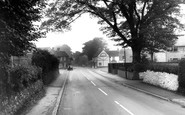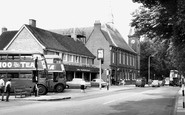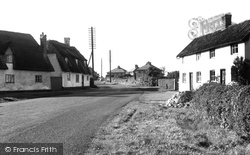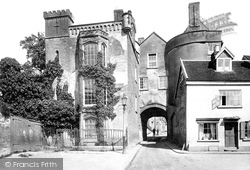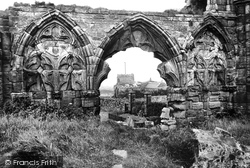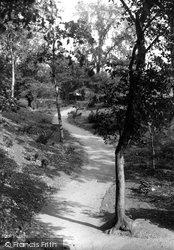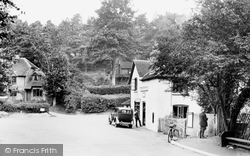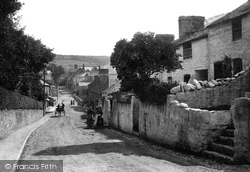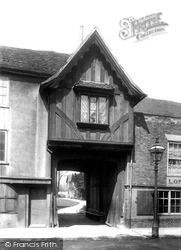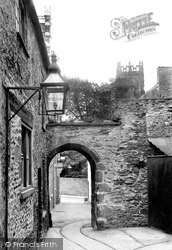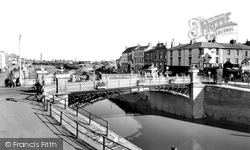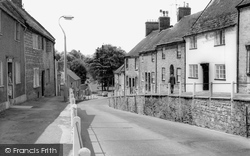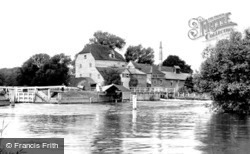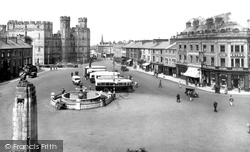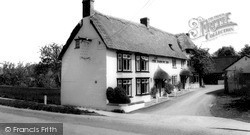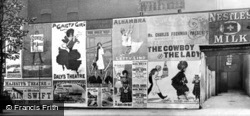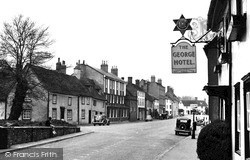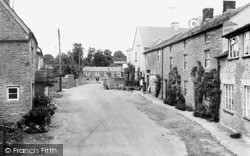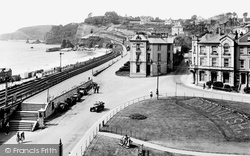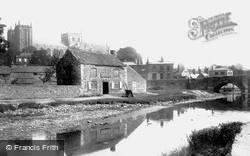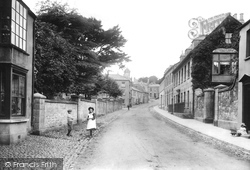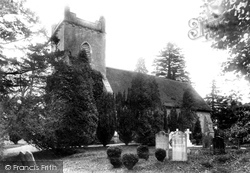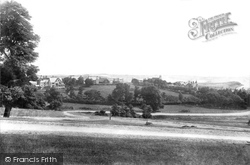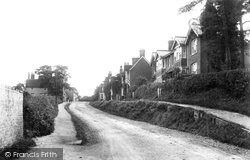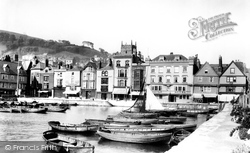Places
25 places found.
Those places high-lighted have photos. All locations may have maps, books and memories.
- East Wall, Republic of Ireland
- Pell Wall, Shropshire
- Wall, Northumberland
- Heddon-on-the-Wall, Northumberland
- Walls, Shetland Islands
- Wall, Cornwall
- Wall, Staffordshire
- East Wall, Shropshire
- Wall End, Kent
- Hobbs Wall, Avon
- Wall Bank, Shropshire
- Wall Nook, Durham
- Knowl Wall, Staffordshire
- Hazelton Walls, Fife
- Wall Mead, Avon
- Mid Walls, Shetland Islands
- Greetland Wall Nook, Yorkshire
- Aston le Walls, Northamptonshire
- Wall Heath, West Midlands
- Wall Hill, Greater Manchester
- Wall End, Cumbria (near Millom)
- Wall under Heywood, Shropshire
- Dale of Walls, Shetland Islands
- Bridge of Walls, Shetland Islands
- Hole-in-the Wall, Hereford & Worcester
Photos
516 photos found. Showing results 401 to 420.
Maps
172 maps found.
Books
Sorry, no books were found that related to your search.
Memories
1,989 memories found. Showing results 201 to 210.
Birtle Street
It would be great to hear from anybody who was around Dalton Street , Worth Street, Danzic Street, or who went to the Rex picture house, played on Barnies, Bobs Hill, went in Jock Stobbers, lads that had ther hair cut at Harry's and ...Read more
A memory of Collyhurst by
Neolith
This was around 1968 and I lived in 21 Millfield Lane. I got auld Mrs Bradney's downstairs flat and me Nanna lived in No. 25, so nice and handy to pop in for a cuppa and a chat as me Ma 'n Da 'n two sisters had moved to Pegswood, Morpeth, ...Read more
A memory of Newburn in 1968 by
Blundellsands Beach.Prior To 1960
I was thirteen at the time and lived off Riverslea Road, which led down to a walled field on to the beach. My friends Derek Austin, Les Reece, Charlie Kelly, and a few others had built the Biggest Bonfire for ...Read more
A memory of Blundellsands in 1953 by
Safe Fun In Childhood
I was born in 1962 in my family home, number 36 (now 116) Hammonds Place. It's not so common these days to be born at home. There was a community spirit on the estate, all the kids addressed adults as auntie or uncle or Mr/Mrs, ...Read more
A memory of Gobowen by
Village Shop
I lived in the bungalow at the end of the spinny on West Avenue in the late 1960s and went to Highcroft School from age 4 to 5, which was an old Victorian building which always smelt of tomato soup and stood on the corner of ...Read more
A memory of Castle Bromwich in 1960 by
Town Hall, Mitcham
I remember Mitcham very well. I lived in the Town Hall where my Dad was the caretaker. My surname then was Parkings. I used to go to Leo's and George's cafe with my friend Josie where I met my husband-to-be David Rogers. We spent ...Read more
A memory of Mitcham in 1956 by
The Laws Kingennie
The Laws was a beautiful mansion-house in a perfect setting. The drive from the gardener's cottage (Mr Robb) up to the big house was a wonderful journey past mature trees, past the famous rock-gardens and lily pond, the ...Read more
A memory of Kingennie House in 1940
What Happened To Me
My name was Lynette Evans I’d just like to say hi to everyone that has shared memories of Splott. I remember so much, so clearly, I was barely 3 years old when I moved from Llanharran to Portmanmore Road. It was a supermarket ...Read more
A memory of Splott in 1964 by
Family Picnics In 1950s
In the 1950s my family made regular summer trips to a scenic and elevated spot somewhere in the general area of Aylesbury for family picnics. I have a few b&w snaps - one of which shows a road wide enough for two ...Read more
A memory of Aylesbury in 1955 by
Armagh 1957 Onwards
I get a lovely glow when I think of my dear Armagh in the 1950s. Life seemed so good and simple then. I would spend my days roaming free letting my imagination grow as children do. I played down in the river by the Legar Bridge. ...Read more
A memory of Armagh in 1957 by
Captions
1,668 captions found. Showing results 481 to 504.
So frantic has the traffic become, that the second thatched cottage was hit by a lorry twice in one year, losing the corner wall and its thatch.
It is the south gate in the medieval town walls; it is now almost lost amongst the later buildings that have since been attached to it.
This charming vignette seen through the old abbey ruins also manages to give us an insight into the sadly neglected state of this historic building with its grass-grown walls before it was taken over
This sylvan path winds down from the castle inner bailey towards Park Lodge, and then through the Roman wall to more open parkland with the boating pool and the River Colne.
A sign on the wall of the post office informs customers that a public telephone can be used here.
With the faded lime wash and rough appearance of the cottages and walls, this scene has an almost Mediterranean air about it.
half-timbered gatehouse of the Hospital of St John, founded by Archbishop Lanfranc in 1084 and the second oldest medieval almshouse in England, which stands in Northgate Street, outside the original city walls
A fragment of the medieval Town Wall, this postern gate allowed the townsfolk to obtain drinking water from springs at the Greyfriars.
The river walls have since been raised to prevent flooding.
Until the 1950s, the wall surrounding Newell House, at the bottom of Greenhill opposite the Crown Hotel, was an accident blackspot and had to be demolished, providing the grassy verge we know today
The waterwheel housing can be seen on the left wall of the mill.
The town consists of ten streets within the walls, which are defended by round towers, and around twenty outside.
A new sign has now replaced the harrow on the end wall of the pub.
The Gaiety Girl figure became an iconof the 1890-1900 decade, which was called both the Naughty Nineties and the Gay Nineties after the rumbustious music hall shows and the Paris-style chorus girls.
Nearby is the garage selling Cleveland petrol, and a child sits on the wall of Castle Green.
We can see it in this photograph, down near the high wall, centre right. He started by selling potatoes and milk, but he soon widened his range. He moved to new premises in 1972.
This is 'new' Dawlish, built after a replacement sea wall had allowed the shoreside area to be reclaimed from the sea.
The overgrown remains of St Boltolph's Priory, a Norman church standing outside the old Roman walls of Colchester.
In this view of the stone-walled canal basin we see the cathedral rising over the roofs, and the old arched bridge.
Note how the cobbled pavement beside the churchyard wall on the left contrasts with the more modern kerbed paving across the road.
It can just be seen on the west wall of the tower, through the branches of the tree.
Now the paths are laid out, together with benches alongside them; retaining walls have been built; and gas lamps installed.
The low wall on the extreme left had been a pound - an overnight stopping-point for animals being driven to Chelmsford's livestock market.
Before that, ships tied up at the churchyard wall of St Saviour's, the tower of which, built in 1631, can be seen in the centre.
Places (25)
Photos (516)
Memories (1989)
Books (0)
Maps (172)




